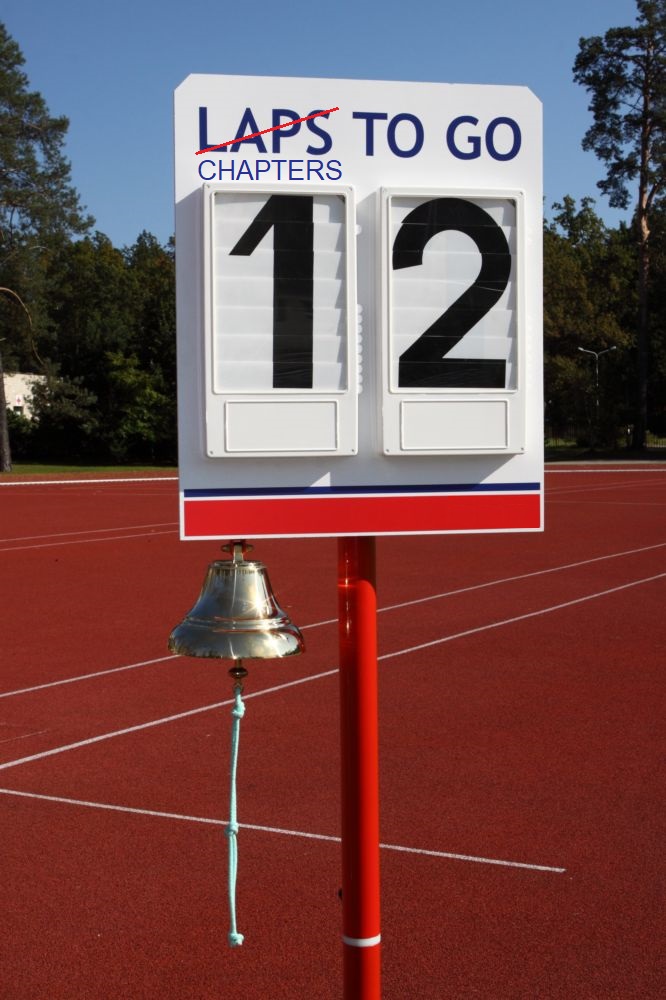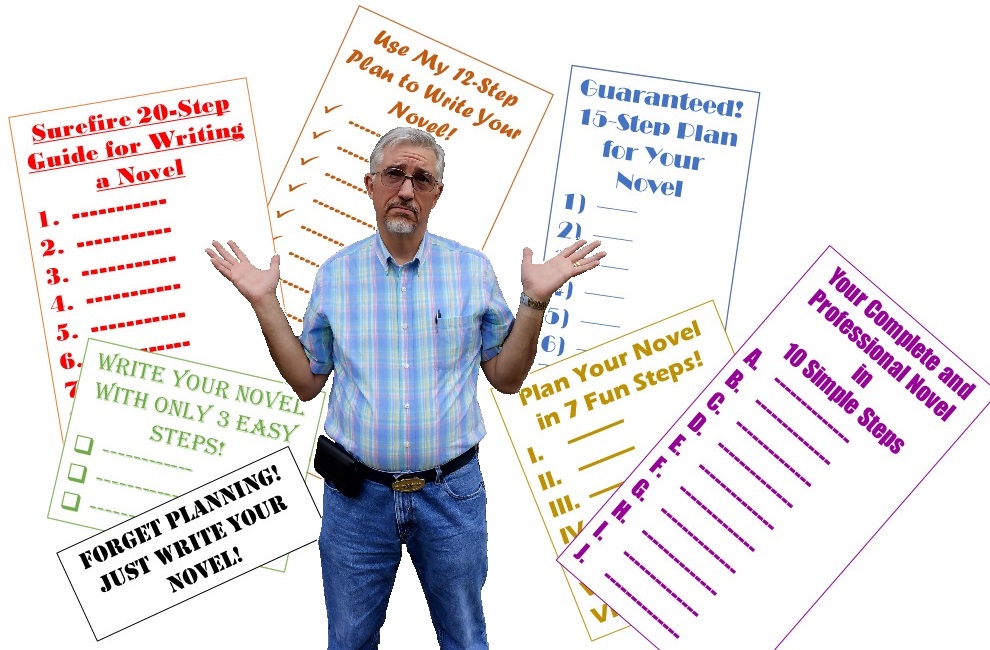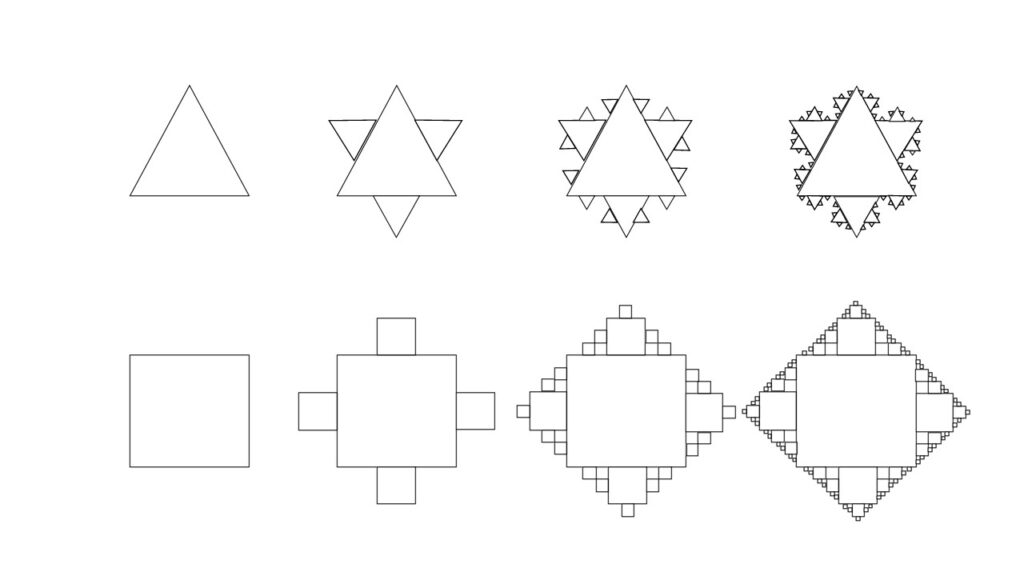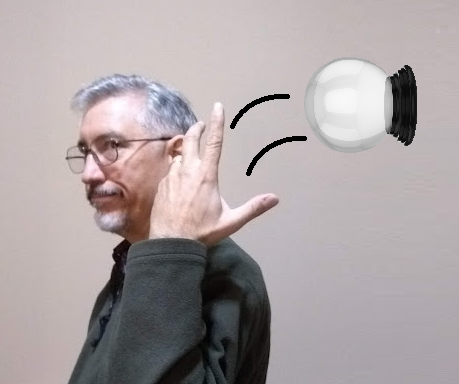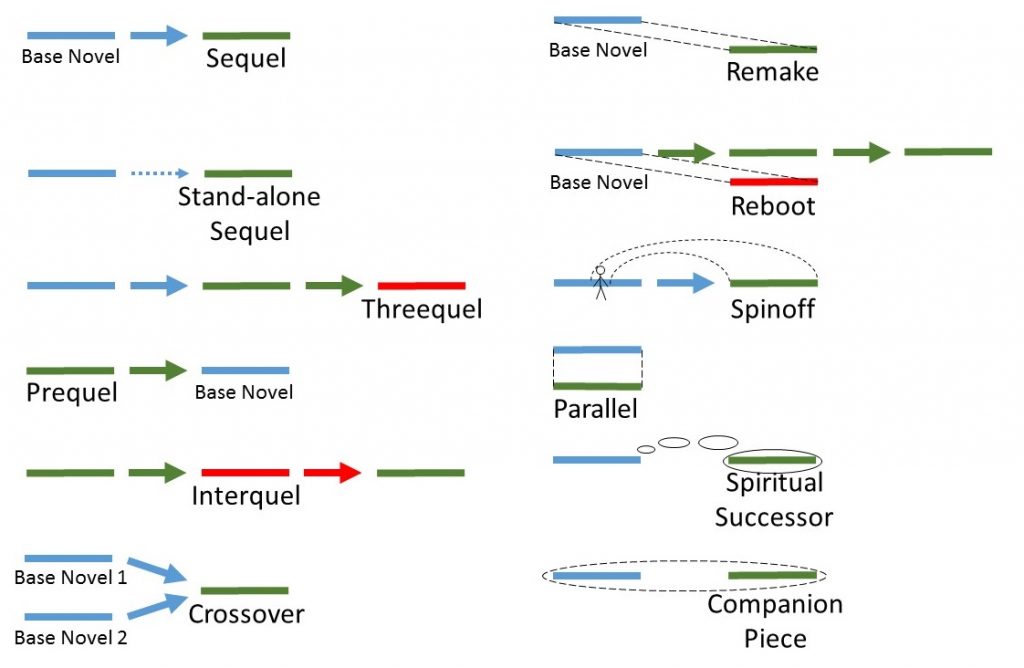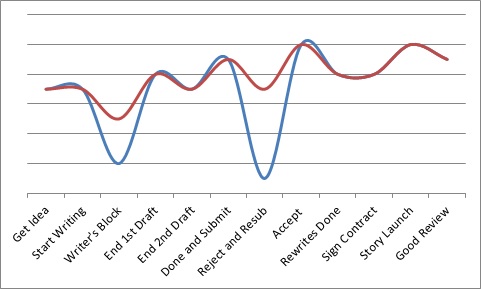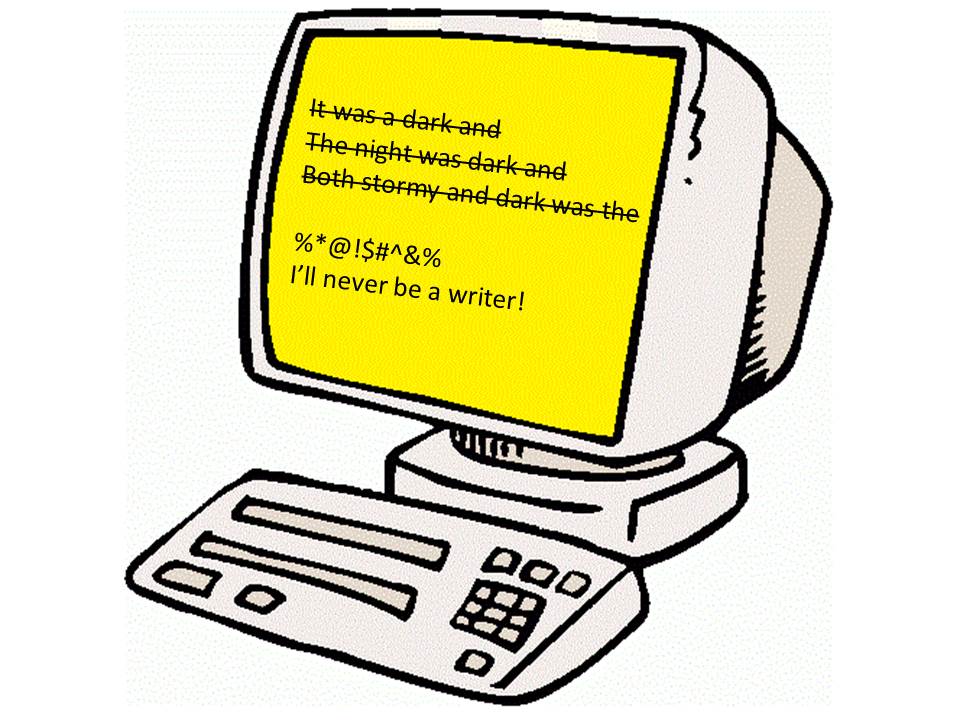Though I’ve tried and failed to predict future science fiction trends before, practice makes…well, better. I used the wrong techniques, that’s all. It’s obvious to me now—you can’t see the future in crystal balls, tea leaves, tarot cards, or astrology charts.
You need to read palms. Chiromancy—that’s the foolproof way. My hands have touched so many science fiction books during my life, it should have been obvious to look there for what’s coming in 2023. I had it all along, right in the palm of my hand.
As I gaze at the length and curvature of the lines and the fleshiness of the seven mounts on my hands, it all becomes clear. Some of my predictions repeat those of previous years, but that only means a trend continues or re-emerges in 2023. Here are the types of science fiction books you can expect next year:
- Artificial Intelligence. A continuing trend, yes, but in 2023, we’ll see a twist. Authors will get past the Frankenstein reruns and the cute-robot-is-nobler-than-humans plot. Novels will show us more sophisticated AI, computers with a different order of intelligence, one alien to us.
- Classics redone in LGBTQ. Authors will explore the contours of the LGBTQ realm by rewriting classic tales, but repopulating them with LGBTQ characters.
- Climate Fiction. CliFi hasn’t run its course yet. Readers want it, and authors will supply it.
- Mars. The Red Planet is in again. We’ll see books featuring the fourth rock from the sun.
- Private Space Flight. I jumped the gun, er, rocket, in predicting this for 2022. 2023 is the year we’ll see spaceships funded by billionaires without government involvement, for better or worse.
- Solarpunk. I’m seeing more novels in the coming year with this motif, bringing us sustainable, renewable energy and diverging from capitalism and a colonial mindset.
- Terraforming. Once seen as an extension of man’s dominion over Earth, terraforming will show its warts in 2023. We’ll see stories of botched terraforming, opposed terraforming, and weaponized terraforming.
There they are—rock solid predictions you can take to the bank. Or, more correctly, the bookstore. As you peruse the New Releases section of bookselling websites or stores, seeing novels on those topics, you’ll say “I’ve really got to hand it to—
Poseidon’s Scribe”


